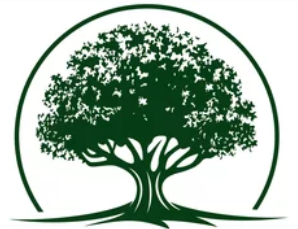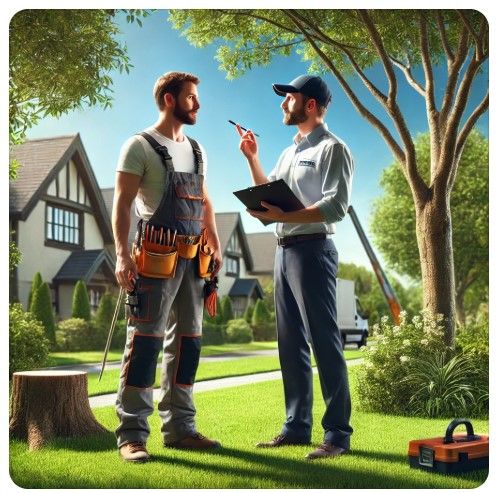The Importance of Regular Tree Inspections for Property Owners
Why Regular Tree Inspections Matter: Protect Your Landscape’s Health and Safety
Trees are not just beautiful additions to your property; they are also living organisms that require care and attention to thrive. Regular tree inspections are essential for maintaining the health and safety of your trees while preserving the beauty of your landscape. In this guide, we'll explore why tree inspections are crucial, how to conduct them effectively, and when to seek professional assistance. Regular tree inspections play a vital role in identifying potential issues before they escalate into costly or hazardous problems. Here are some reasons why property owners should prioritize tree inspections:
Safety:
- Inspecting trees allow you to identify and address potential safety hazards, such as dead or weakened branches, leaning trees, or signs of decay. Prompt intervention can prevent accidents like branch failure or tree collapse, protecting people and property from harm.
Tree Health:
- Regular inspections help monitor the health of your trees, enabling you to detect early signs of diseases, pest infestations, or nutrient deficiencies. Timely treatment and intervention can mitigate damage and improve the chances of tree survival.
Property Protection:
- Trees that are structurally compromised or diseased pose a risk of causing damage to buildings, vehicles, utilities, or other structures on your property. By identifying and addressing these risks proactively, you can safeguard your investments and minimize potential liabilities.
Environmental Benefits:
- Healthy trees provide numerous environmental benefits, including air purification, carbon sequestration, and habitat for wildlife. Regular inspections help ensure that your trees remain in good condition, contributing to the overall well-being of the ecosystem.
How to Conduct a Tree Inspection
Performing a tree inspection may seem daunting, but with a systematic approach, you can effectively evaluate the health and condition of your trees. Here's a step-by-step guide:
Visual Assessment:
- Begin by visually inspecting each tree from a distance, noting any obvious signs of damage, disease, or stress. Look for leaning trees, dead branches, abnormal growth patterns, or changes in foliage color or density.
Close Inspection:
- Get closer to the tree to examine it in more detail. Check for cracks, splits, or wounds on the trunk and branches. Inspect the bark for signs of fungal growth, insect activity, or peeling bark, which may indicate underlying issues.
Crown Evaluation:
- Assess the canopy or crown of the tree for signs of decline or imbalance. Look for dead or dying branches, excessive leaning, or sparse foliage, which could indicate poor health or structural weakness.
Root Zone Examination:
- Inspect the area around the base of the tree for signs of root damage, soil compaction, or surface roots. Ensure that the tree has adequate space for root expansion and that the soil is well-drained.
Documentation:
- Take notes or photographs of any observations made during the inspection, including the tree's overall condition, specific issues identified, and recommended actions.
When to Seek Professional Help
While property owners can conduct basic tree inspections, certain situations warrant the expertise of certified arborists or tree care professionals. Consider seeking professional assistance if:
- You lack the knowledge or experience to assess tree health and safety effectively.
- The tree is large, mature, or located near structures, power lines, or other hazards.
- You suspect serious issues such as extensive decay, significant structural damage, or complex health problems.
- The tree requires specialized equipment or techniques for inspection or treatment.
Professional arborists have the expertise and tools to conduct thorough tree inspections, diagnose problems accurately, and recommend appropriate solutions tailored to your specific needs.
Conclusion:
Regular tree inspections are an essential aspect of responsible property ownership, helping to ensure the health, safety, and beauty of your trees and landscape. By conducting inspections regularly, property owners can identify and address potential issues early, reducing the risk of accidents, preserving tree health, and protecting property investments. Whether you're assessing the condition of individual trees or managing an entire tree canopy, the importance of regular inspections cannot be overstated. Make tree inspections a priority on your property maintenance checklist and enjoy the benefits of healthy, thriving trees for years to come.

New Paragraph
Copyright 2024 JolietTreeGuy.com. All Rights reserved.
Designed by KDesign




